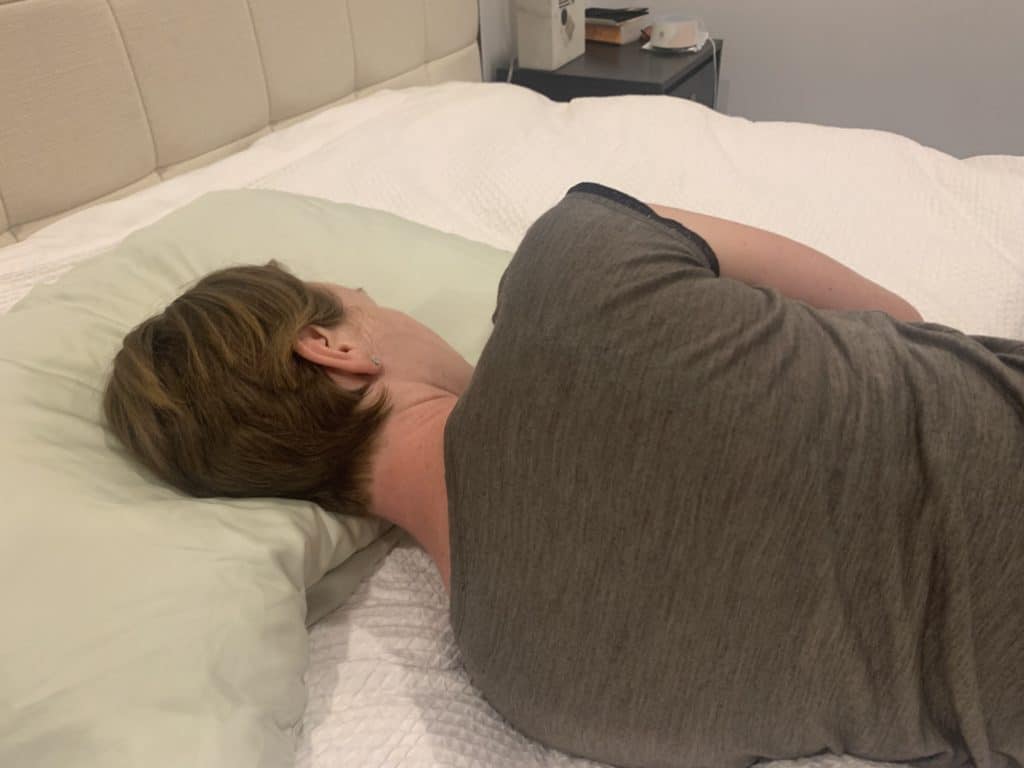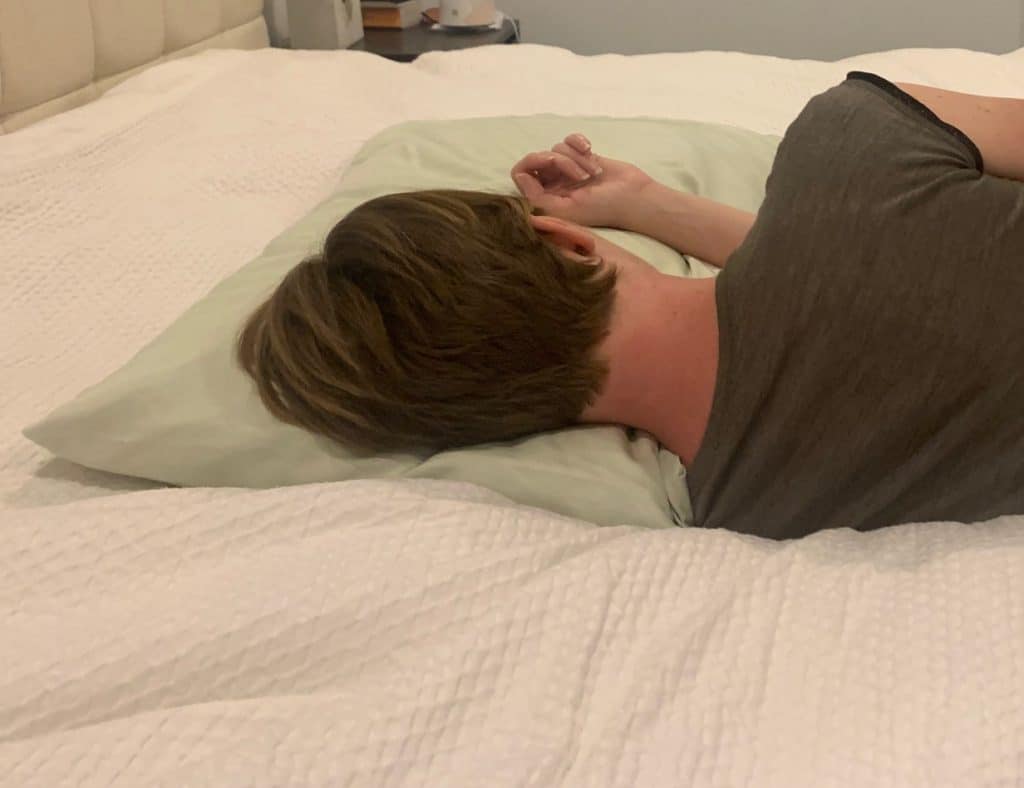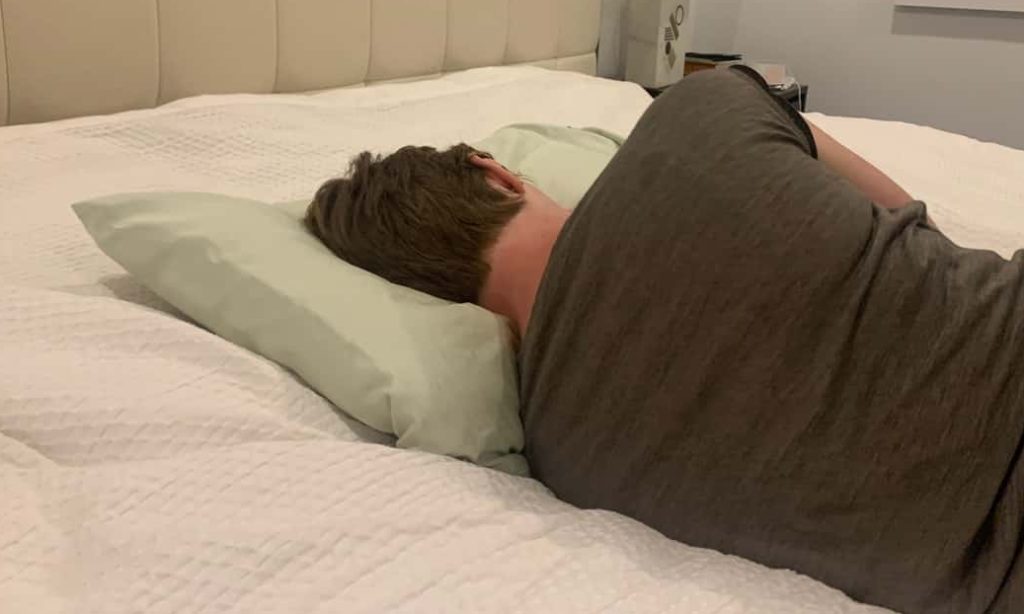Part 2: The Importance of Sleep

Last week we posted a blog on why sleep is so important. If you missed it check it out here. This week we’re covering aspects of sleep that we are asked about a lot. Let’s start with the basics.
What Are You Sleeping On?
The right mattress can make or break a good night’s sleep. Unfortunately it’s a trial and error process but one that is well worth is considering the benefits.
A mattress needs to meet two main criteria. Support and comfort. Your mattress should give your entire body top to bottom the correct amount of support. Mattresses can be soft, firm or hard. Some options for trying this out include going to a couple mattress stores and laying down on their mattresses. Trial each mattress for about 20 mins to allow your body to relax and get a sense of whether that particular mattress would work for your body. Another option is taking companies up on their 30 day money back guarantee after sleeping on it a few times.
Types of mattress is where things can start to get confusing. Traditionally mattresses were made of supportive coils with multiple layers of cotton or wool mix on top. Modern mattresses have a multitude of layer options. Coils. Foam (high density, memory, cooling gel integrated, support foam). Latex. TempurPedic. The top itself can be tufted, quilted, a pillow top or box top. This is again another add on and something to trial and error. In general, a tufted mattress is more supportive and firm. A quilted top is flatter and smoother on top. Pillow tops are more plush with an additional layer of padding sewn in. Box tops have thicker cushioning added in compared to pillow tops.
Memory Foam vs TempurPedic?

Something to be aware of for both mattresses and pillows is that foam has a recoil property. It pushes back into your body by the same force that pushes into it. For some this isn’t an issue and foam mattresses are actually pretty popular. For others though foam mattresses can be an issue because of this recoil property. For example, a sensitive pelvis that is laying on the mattress. The weight of the pelvis pushing down into the foam creates a force that pushes back into the pelvis. This reaction may aggravate some in their pelvis, lumbar spine or leg.
Pillows Are Your New Best Friend
Pillows are underrated when it comes to getting comfortable in bed. There are many different types of pillows. The main ones include: feather, down alternative, foam, memory foam (shredded and block), latex, microbeads, cotton, buckwheat.
The most comfort comes from a pillow that supports the head and neck appropriately. A thick pillow may give the neck enough support but the head may be pushed into a side flexed position creating shear forces through the cervical spine. Alternatively a thin pillow will not have any support for the neck and the head will flex sideways down to the bed creating shearing forces in the cervical spine. In general, feather pillows or down alternatives are recommended for the head and neck. These pillows are easiest to fit the contours of your neck while providing the appropriate support to the head. They do not have the recoil properties a foam pillow has and allow the neck to relax into it. When laying down pull the pillow to right above the shoulders, bunching it up to allow the neck to relax on top of it and then lay the head down.
Additional Pillows
Other pillow types are generally better for larger jointed regions like the legs, hips and shoulders. This is because of the recoil properties of foam. Buckwheat pillows can be loud when shifting/moving throughout the night and wake light sleepers. Microbeads are popular for upright sleeping in planes but are not very eco-friendly. TempurPedic pillows may not conform to the head and neck appropriately. The body heat created from the head and neck may not be enough to create the right impression allowing it to rest securely within the pillow and may be uncomfortable when turning or changing position.




Sleep Positions
Whether you sleep on your side or back, keep some principles in mind. Support all limbs proximal first to distal. Unload the weight of the joint and then the entire limb to reduce pressure on the joint. The physics law of levers comes into play. Try to keep all joints in or as close to neutral as possible.
Side-lying is a great position to sleep in, especially if you snore. A small thin pillow or folded towel can be placed between your waist and the bed for those with thin waists. Those with broad shoulders may need a thin pillow under the rib cage to support the lower shoulder. A small pillow or wedge can support larger bellies (or babies in pregnant women) to prevent forward shearing of the spine. This supports the lower back and brings the spine into a more neutral position preventing shearing of the discs. The bottom leg can be bent or straight and the top leg is supported on pillows so the legs are in neutral with the pelvis (one is not dropped down or torqued). A pillow starts high up into the groin to support the upper thigh. Another pillow is needed for the lower leg and foot. The entire neck (not the shoulders) and head should be supported. If the neck is not supported properly the cervical spine will shear. The upper arm can be on another pillow to reduce the rib cage twisting forwards and maintain support in the upper most shoulder.


If you lay on your back, support the knees with one or two pillows. The pillows start at the butt bones (ischial tuberosities) to under the knees and ankles ideally. The pillow needs to be wide enough that it doesn’t cause your hips to rotate sideways. The pillow for the neck is thinner than one used in side-lying. The neck and head should be in neutral, not sticking forward. A small towel or thin pillow can be used to unload the lower back and spine.
The most stressful sleeping position for your body is laying on your stomach with your head turned to the side. Turning the head to the side creates a lot of rotation and leaves the neck in a vulnerable position. The arteries that supply blood to the brain can become occluded or compromised later in life (middle age and onwards). This is the main reason this position is not recommended from a physical therapy point of view. If you have trouble getting out of the habit of sleeping on your stomach try a ¾ prone position. This is very similar. The head itself is on the mattress. The neck is supported by a very small towel and is slightly flexed just out of neutral. The top shoulder, trunk and leg is supported on a large body pillow. The tip of the pillow goes at the top shoulder so it doesn’t droop down. The upper leg is fully supported from hip to foot. If resting on your stomach is an absolute must, support via towels is used to cradle the head and neck area. A pillow is placed under the stomach and trunk and hips. Another pillow is placed on the shins and feet to take the extension out of the legs. This position is not recommended to sleep in due to the inability to move out of it easily and there being a risk towels move or obstruct breathing in any way.
Is snoring healthy?
Almost everyone snores now and then. However, chronic snoring is not considered healthy. 75% of us that snore have a condition known as obstructive sleep apnea (OSA). This is a sleep disorder where the airway is closed off and a person is unable to breath. The muscles of the neck and mouth relax as the body tries to enter a deeper sleep cycles, closing off the airway. A loud snoring noise is often heard, then nothing and breathing stops because of the blocked airway. The brain gets less oxygen, panics and signals the body to wake up and breathe. Some individuals experience this as many as 4-5 times every hour during sleep. People with OSA generally don’t go into deep sleep. They also may experience:
- Gasping during sleep
- Excessive daytime fatigue
- Difficulty concentrating, poor attention span.
- Morning headaches and/or sore throat
- Restless sleep
- High blood pressure
- Chest pain at night
- Disruptive sleep for partners
Many individuals who experience these symptoms should consult their physician and develop a management plan with their medical care team to improve sleep. Some simple solutions to incorporate into your lifestyle may include losing weight, avoiding alcohol close to bedtime or sleeping on your side.
We can Help!
Body Harmony Physical Therapy can help with many aspects of sleep. Whether it’s education, helping with sleep positions, recover from acute or chronic injuries, yoga to improve sleep, or losing weight. We are here to help with your personal health goals.
References:
https://www.mayoclinic.org/diseases-conditions/snoring/symptoms-causes/syc-20377694







